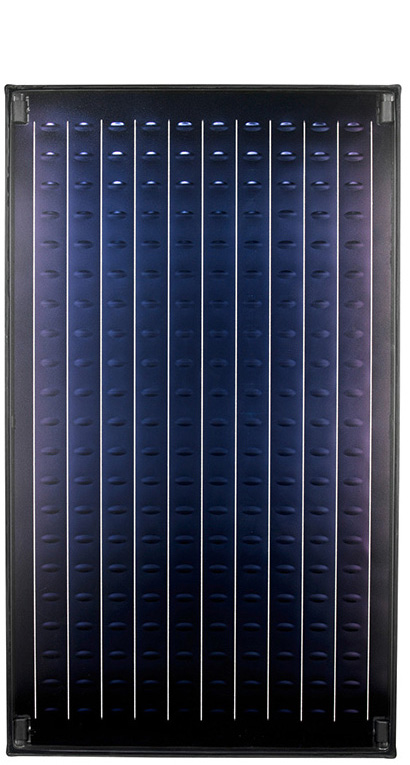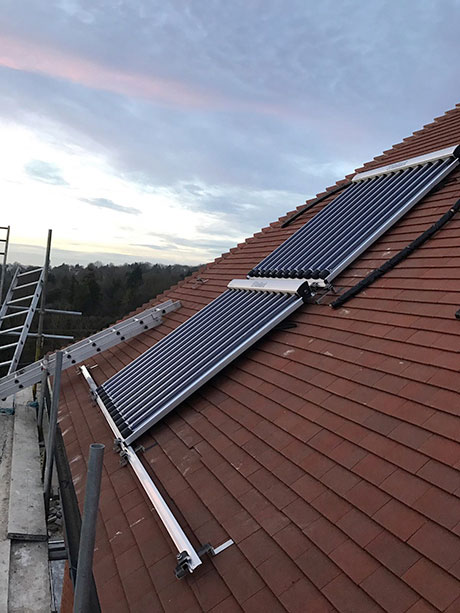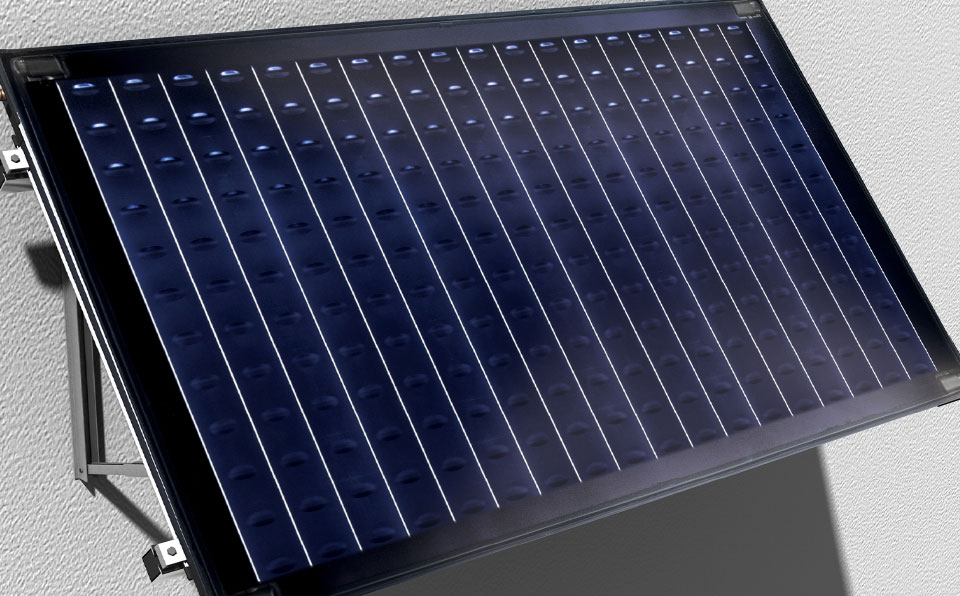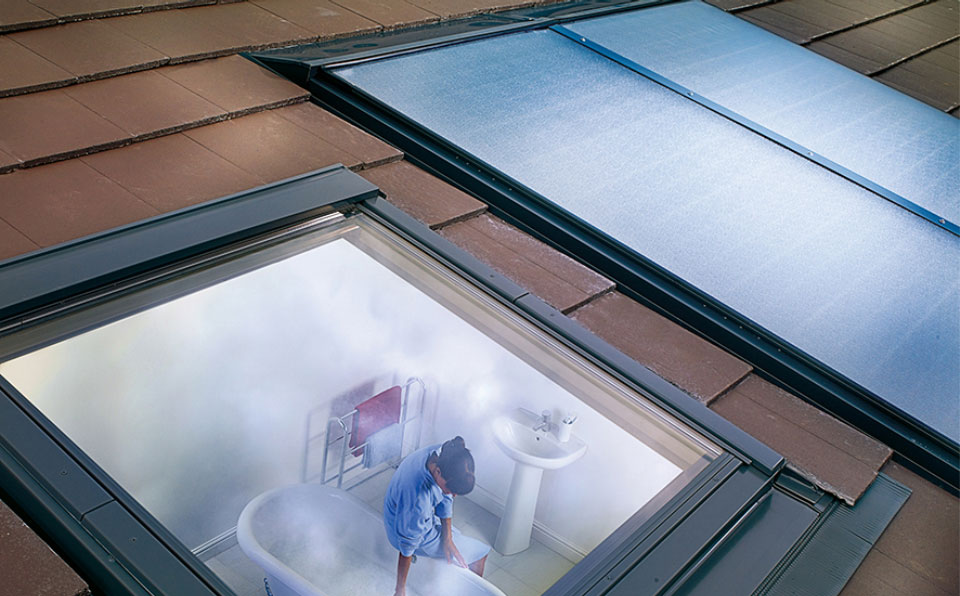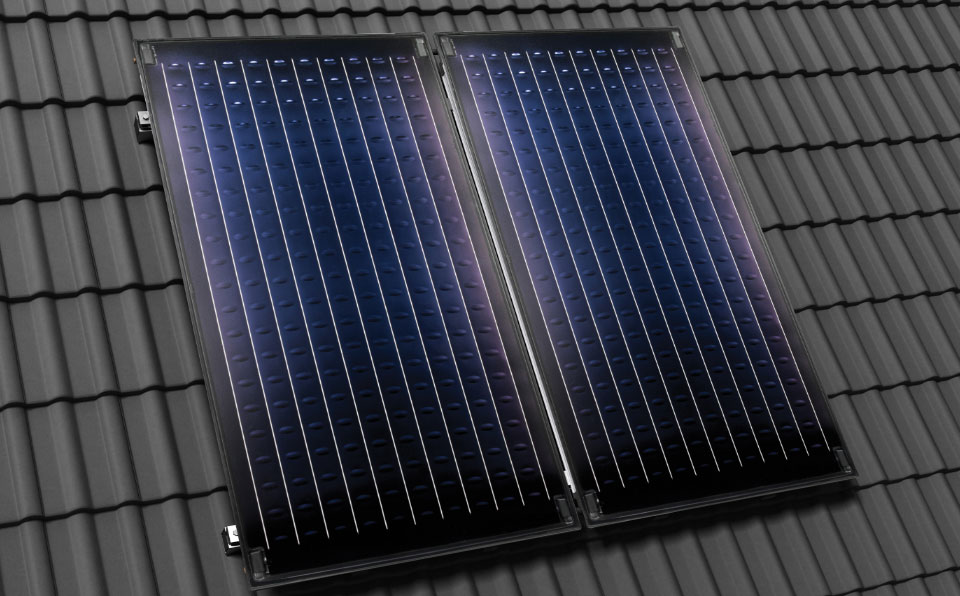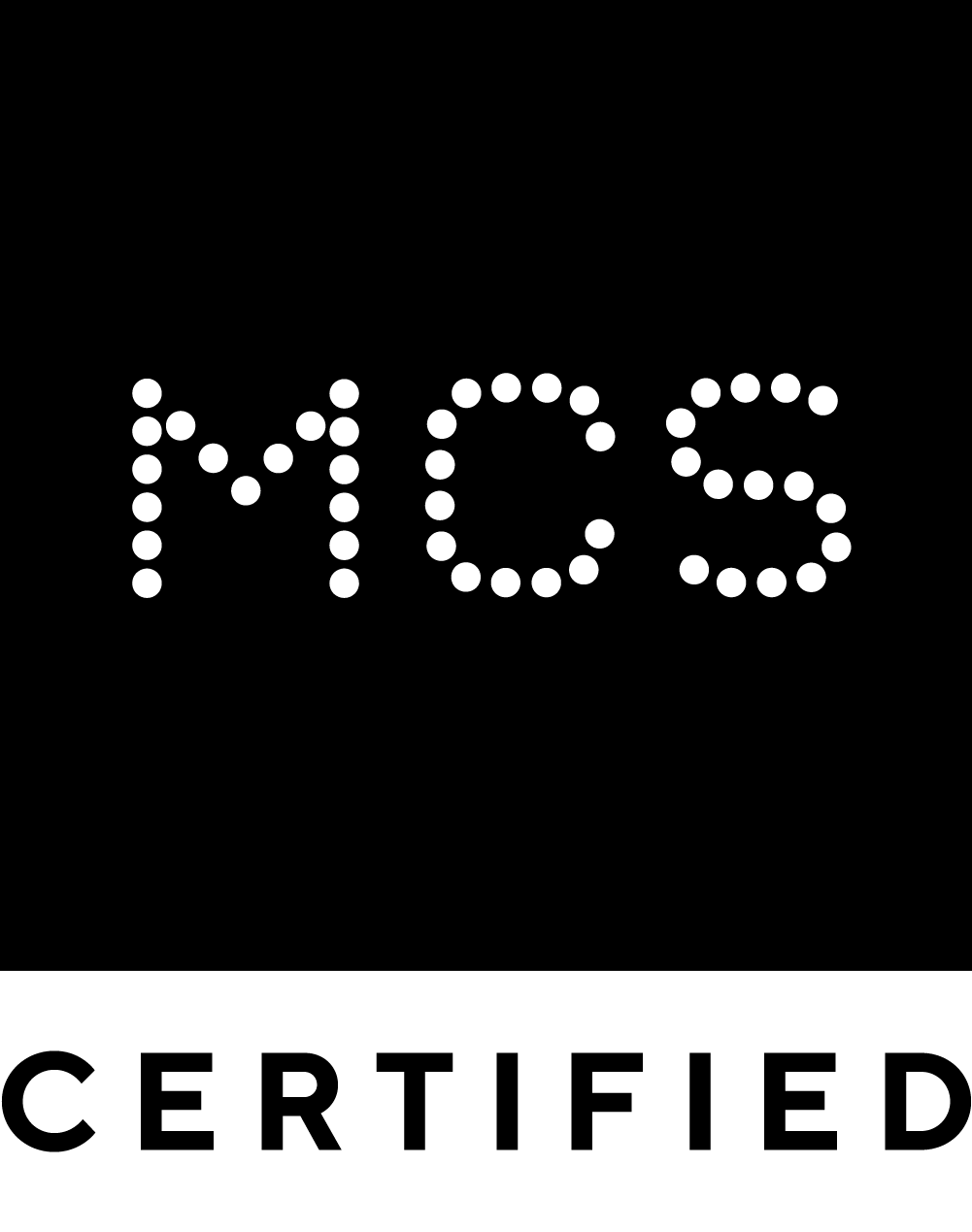
SOLAR PV
Solar Photovoltaics, or Solar PV for short, is a technology in which daylight is converted into electrical power. Solar PV takes advantage of energy from the sun to create electricity, which will operate electrical appliances and lighting.
Photovoltaic research and development has been upped in recent years as the technology is considered a leading renewable consumer energy source. In fact, reports claim photovoltaic production has doubled every two years since 2002 making it the world’s fastest-growing solar power and energy technology as a whole.
How do Solar PV systems work?
Solar PV systems work by converting light into electrical power. This is achieved using a thin layer of semi-conducting material, most commonly silicon, enclosed in a glass or plastic casing. These can range in size with small versions used on watches and calculators to a system of hundreds of square metres of solar PV panels linked up to make an array to power large buildings.
When exposed to sunlight the semi-conducting material causes electrons in the materials’ atoms to be knocked loose. The electrons that are knocked loose then flow through the material to produce an electric current known as a direct current (DC). The direct current is carried through wiring to an inverter which converts the current to alternating current (AC) so it can be connected to your property’s main electricity distribution board which either used within the home or fed back into the national grid.
Benefits of Solar PV systems
- Panels designed for European countries generate power even on cloudy days; they simply need light to produce electricity.
- Clean energy means you reduce your carbon emissions by up to 1 tonne per annum.
- Producing your own power protects against rising energy prices.
Glossary of terms
Solar PV Array is the collective name for a number of Solar PV panels that are connected together.
Solar PV Panels can be connected together to create a Solar PV array.
Solar PV Cell is a solid state device that converts the energy of sunlight directly into electricity.
Solar PV Survey is essential before a Solar PV installation can be carried out.
Solar PV Orientation must be optimized to maximize Solar Power production.
Solar PV Shading is a problem if the sun’s rays are prevented from reaching the installation.
Solar PV Installation must be installed by an MCS accredited installer to enable you to sell electricity generated back to the grid via your electricity provider through the Smart Export Guarantee Scheme.
Solar PV Installers employed should be fully trained and accredited, and chosen with care.
Solar PV Inverters change direct current (DC) to alternating current (AC).
